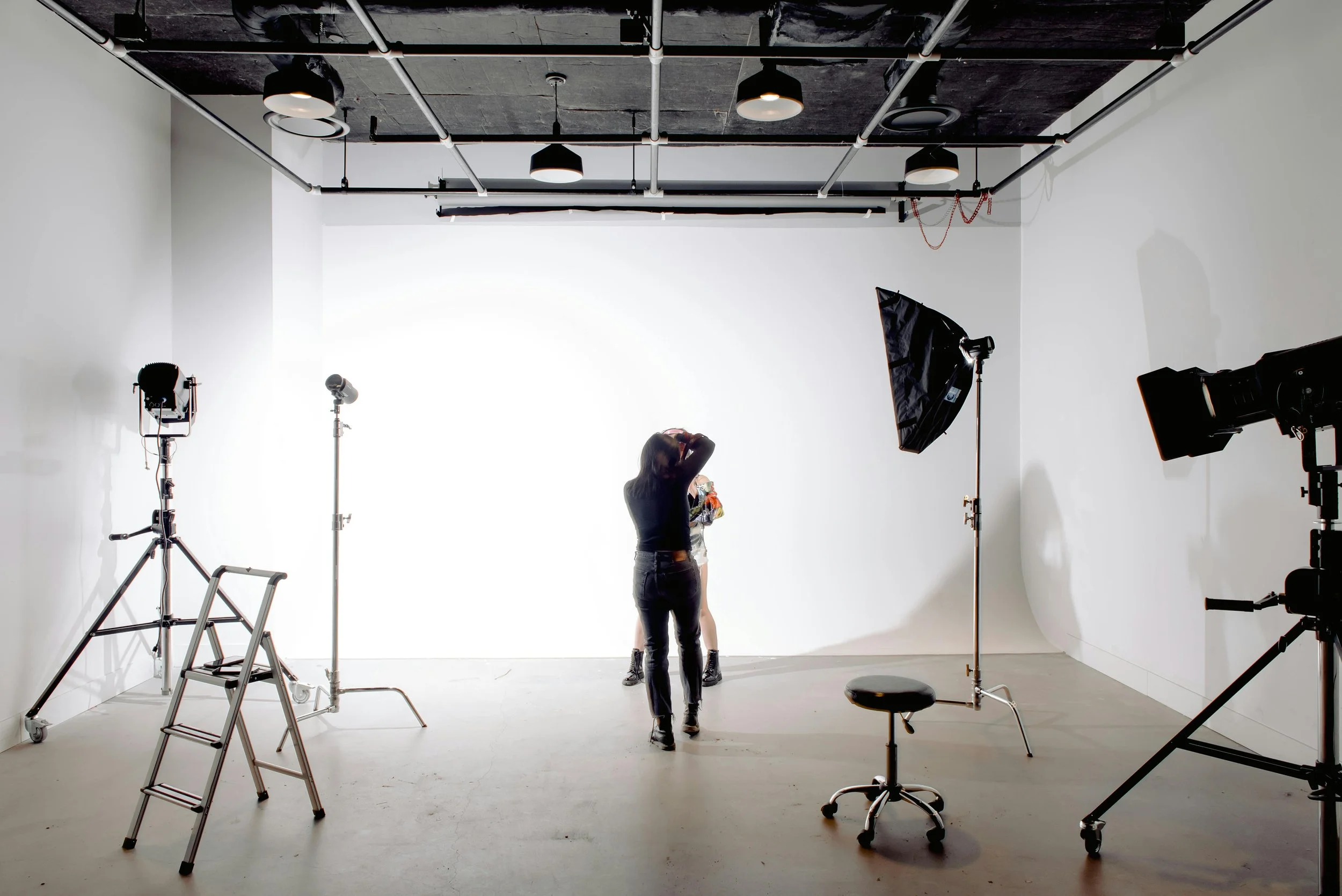The Biggest Myths About Being a Full-Time Photographer
Being a full-time photographer sounds like a dream job for many people, but it often comes with misconceptions that can lead to unrealistic expectations. Whether you're considering making photography your full-time career or you're just curious about the reality behind the scenes, it's essential to separate fact from fiction. Let’s take a closer look at the biggest myths about being a full-time photographer.
Myth 1: You Only Take Photos All Day
Many people think that as a full-time photographer, you spend all day taking beautiful shots. While photography is the core of the job, it’s only part of the equation. In reality, a large chunk of your time is spent doing other tasks such as editing, marketing, managing finances, answering emails, and dealing with clients. Being a full-time photographer involves juggling multiple roles, and it’s not just about snapping pictures!
Source: Pexels
Myth 2: You’re Always Working on Your Passion Projects
While it’s true that passion drives many full-time photographers, the reality is that not every project will be something you’re passionate about. Many photographers spend a significant portion of their time working on commercial or client-based projects that may not always align with their personal creative vision. Passion projects are important, but they are often a smaller percentage of a photographer's overall workload.
Myth 3: The Money Rolls In Easily
Another common misconception is that full-time photographers are automatically rolling in cash. The truth is, photography can be a highly competitive and unpredictable industry. While some photographers earn a great income, others struggle to make ends meet. The financial aspect of being a full-time photographer is often more difficult than people realize, as you must constantly work to find clients, manage your expenses, and deal with periods of fluctuating income.
Myth 4: You Don’t Need to Market Yourself
One of the biggest misconceptions is that if you’re a talented photographer, clients will just find you. While talent is crucial, it’s not enough on its own. In a crowded industry, self-promotion is key. Full-time photographers spend a lot of time marketing their work, whether it’s through social media, networking, or paid advertising. Building a strong online presence and having a reliable client base is essential for long-term success.
Myth 5: You Can Set Your Own Schedule
While being a full-time photographer gives you more flexibility than a 9-to-5 job, it’s not as free as some might think. Deadlines, client expectations, and seasonal work can dictate your schedule. You might find yourself working weekends, evenings, and even holidays. If you don’t plan your time carefully, you may end up overworking yourself and sacrificing personal time.
Source: Pexels
Myth 6: It's Easy to Get Clients
Many believe that once you’re a full-time photographer, clients will come pouring in. However, getting clients takes time and effort. It requires a good reputation, word-of-mouth referrals, and consistent marketing. It’s not always easy, especially when starting out. Building a portfolio, establishing relationships, and maintaining client satisfaction are crucial for securing a steady stream of work.
Myth 7: Being a Photographer is Always Glamorous
While photography can offer beautiful moments, glamour is not always part of the equation. Photographers often work long hours in challenging conditions, whether it’s in harsh weather or late nights. The behind-the-scenes reality is a lot of hard work, editing, and managing business tasks. The glamour often comes with hard work and patience.
Conclusion: The Reality of Being a Full-Time Photographer
Being a full-time photographer is an incredible career, but it’s not without its challenges. If you’re considering this path, it’s important to have realistic expectations and understand that it’s not all about taking pretty pictures. There’s a lot of behind-the-scenes work, financial planning, and self-promotion that goes into building a successful career in photography. While it can be incredibly rewarding, it’s not always as glamorous as it might seem.

